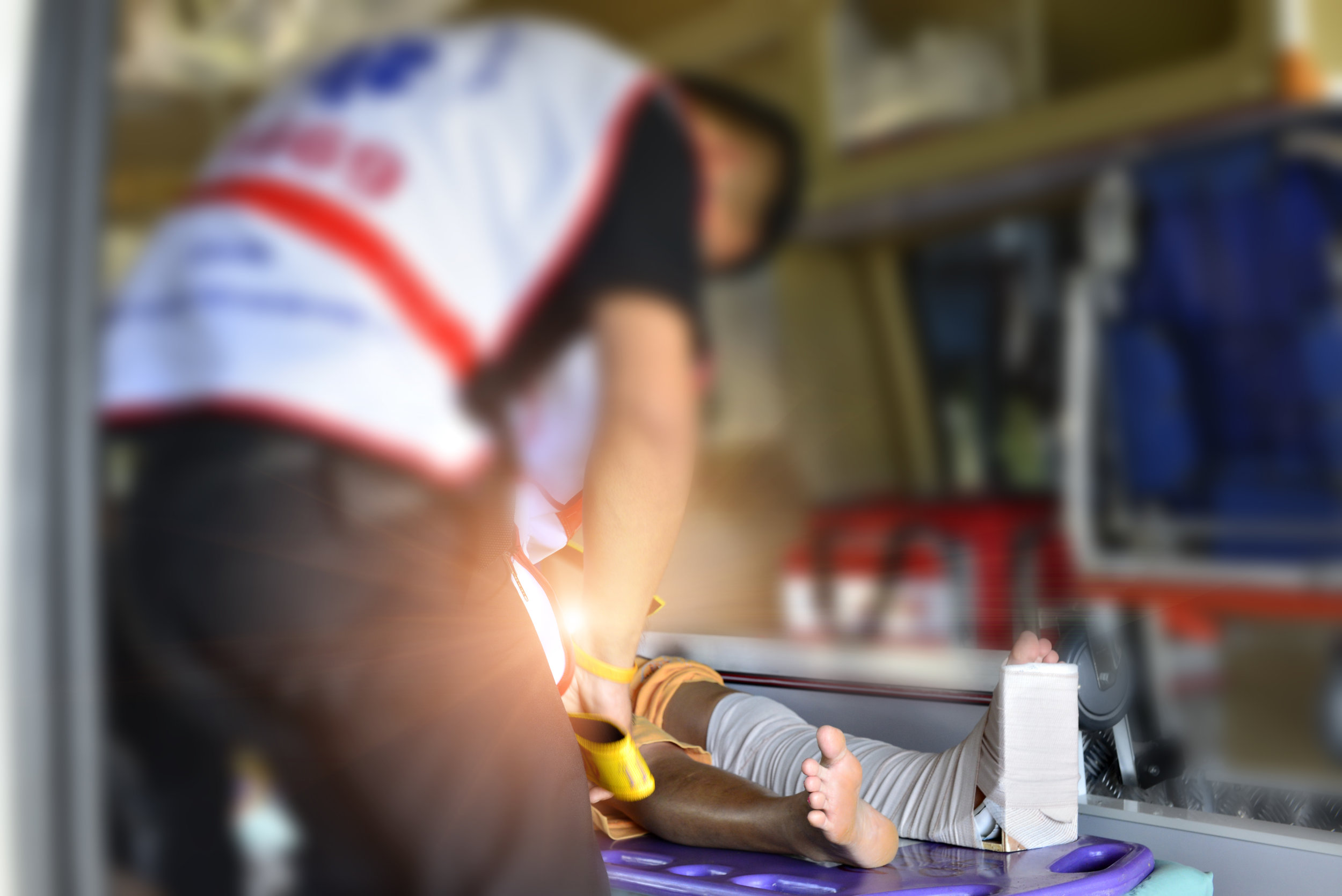A municipality’s costs for workers’ compensation can be controlled and reduced by following a few Best Practices.
Risk Management - consistent training is needed. Most people have good and bad work habits and to prevent workplace accidents, the employer needs to focus on training away a person’s bad habits. Success requires diligence and regular training by the employer.
Timely report the injury - your OMAG adjuster is standing by to talk to the injured worker and help but they cannot get started until the claim is reported. The Municipality’s goal should be to report the claim to OMAG within 24 hours of the incident. Statistics prove that a delay in reporting a claim will increase the ultimate cost of resolving the claim.
Preferred physician - Select a medical facility that will provide immediate medical treatment for any injured worker. If an occupational clinic in your area is not an option, employers often choose an AM/PM Urgent Care facility to readily provide treatment. The Emergency Room may be the best option in a rural area of the state, however the cost at the ER is 500% + more expensive than an Urgent Care.
Return-to-work - when the doctor takes an injured worker off work while they heal, they may offer the employer the opportunity to return early if the employer can accommodate “temporary” work restrictions. These may be as simple as restricting the amount of weight they can lift, or their ability to stand, crawl or bend. Major benefits from accommodating work restrictions are:
Employee remains engaged and productive
The employer can monitor the healing progress and encourage the worker to attend doctor visits, physical therapy or other treatment
A smooth transition is in place for the return to 100% fulltime duties
Employee loses no pay so there is no financial hardship
Litigation is reduced since the injured worker maintains their job, pay and receives great medical care


